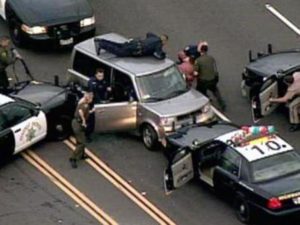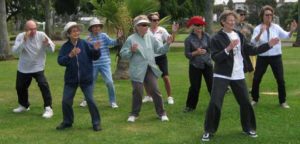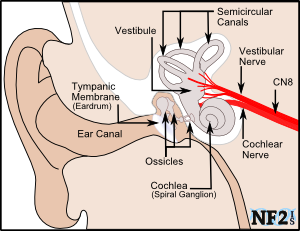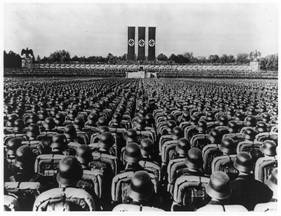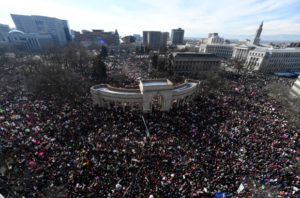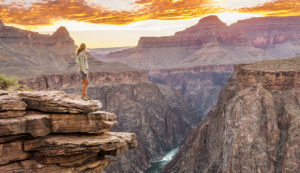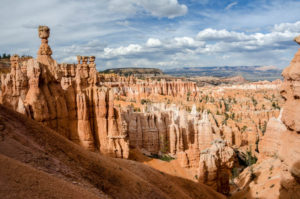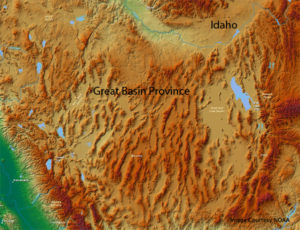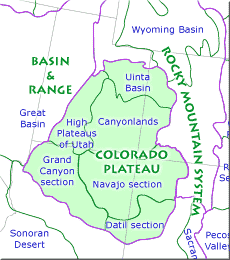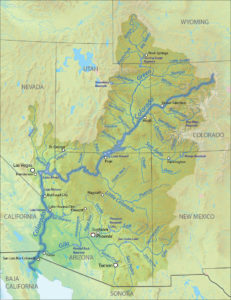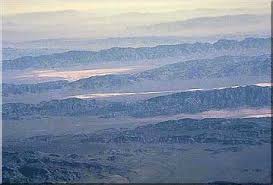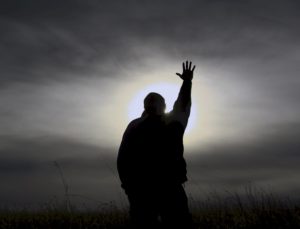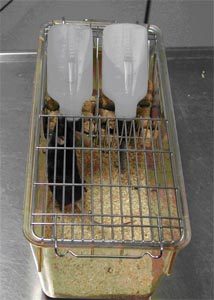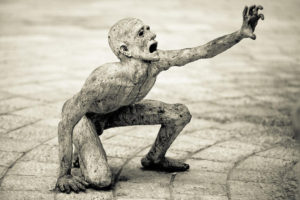Cars
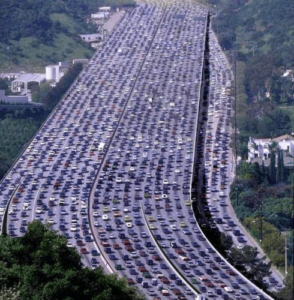 Lately I waste time by watching car chases on YouTube. They happen all over the country, but the televised ones tend to come from Houston, Detroit, Kansas City, and the champion, Los Angeles. LA seems to have one almost every day, and the news copters are dedicated to following the runners. There are fast cars involved, usually stolen Mercedes, BMW, and the Dodge hot rods, but anything that rolls with a motor qualifies.
Lately I waste time by watching car chases on YouTube. They happen all over the country, but the televised ones tend to come from Houston, Detroit, Kansas City, and the champion, Los Angeles. LA seems to have one almost every day, and the news copters are dedicated to following the runners. There are fast cars involved, usually stolen Mercedes, BMW, and the Dodge hot rods, but anything that rolls with a motor qualifies.
I like to watch and marvel at the stupidity of the runners, but I am also struck by ubiquity of cars in any city. The helicopters offer a view of cars chasing cars while surrounded by cars. Many chases end in parking lots where we leave our car while doing life. The things are relatively recent, about 120 years, but they have transformed the planet.
We think nothing about pumping 15 gallons or more of a toxic, highly flammable substance into our cars almost every week. The industries supplying the car culture rule the planet. There is lots of money to be made building cars, fixing them, crushing them and melting them down to get the metals to make more cars.
Lots of holes get poked into the ground to extract toxic, flammable, polluting stuff which is then piped to huge industrial facilities where the thick black toxic stuff is processed into lots of other toxic, flammable products. They also make plastic, another planetary plague. Governments spend a lot of their budgets building roads for the cars to travel around on. They use a lot of very thick, black, gooey toxic stuff on the roads to make them smoother for the cars.
The old song from Cabaret says, “Money makes the world go around.” Yes, and a huge percentage of the money is involved in making and using cars. The greatest amount of pollution comes from cars. 71% of the petroleum produced goes to cars.
We are all digging a colossal asphalt lined hole and driving in. The hole is getting so big it threatens to take over the planet. Somehow it has to change. There are cities in the world where the public transportation system is well developed enough to make going careless viable, but New York City remains clogged with cars. There is a big push to build more light rail, but one of the light rail problems is providing enough parking at the stops.
I despair. I don’t see any way out short of an economic collapse. Have you seen Mad Max? Not pretty.
